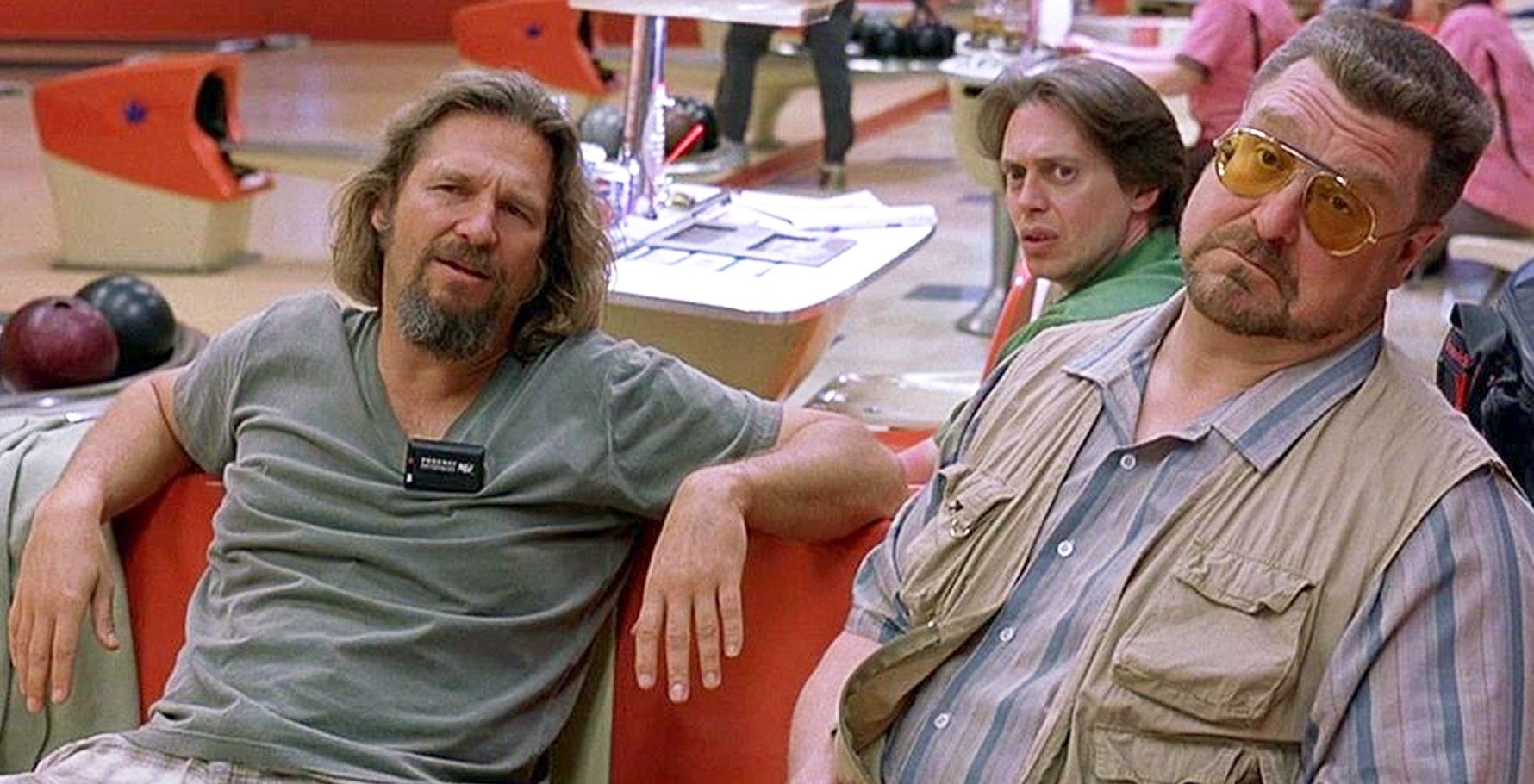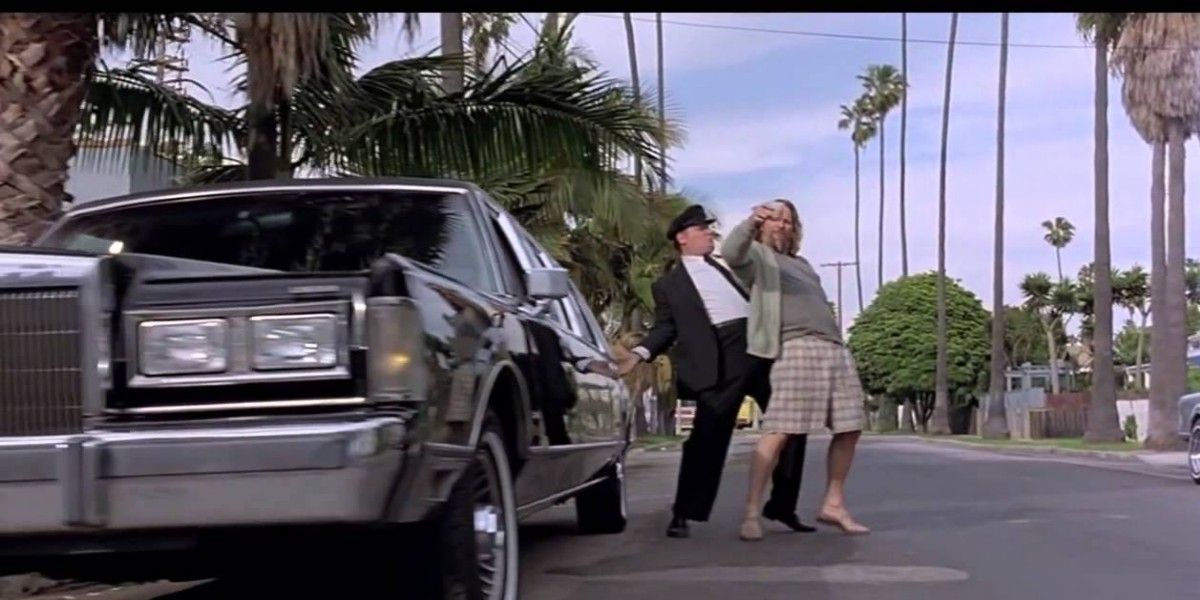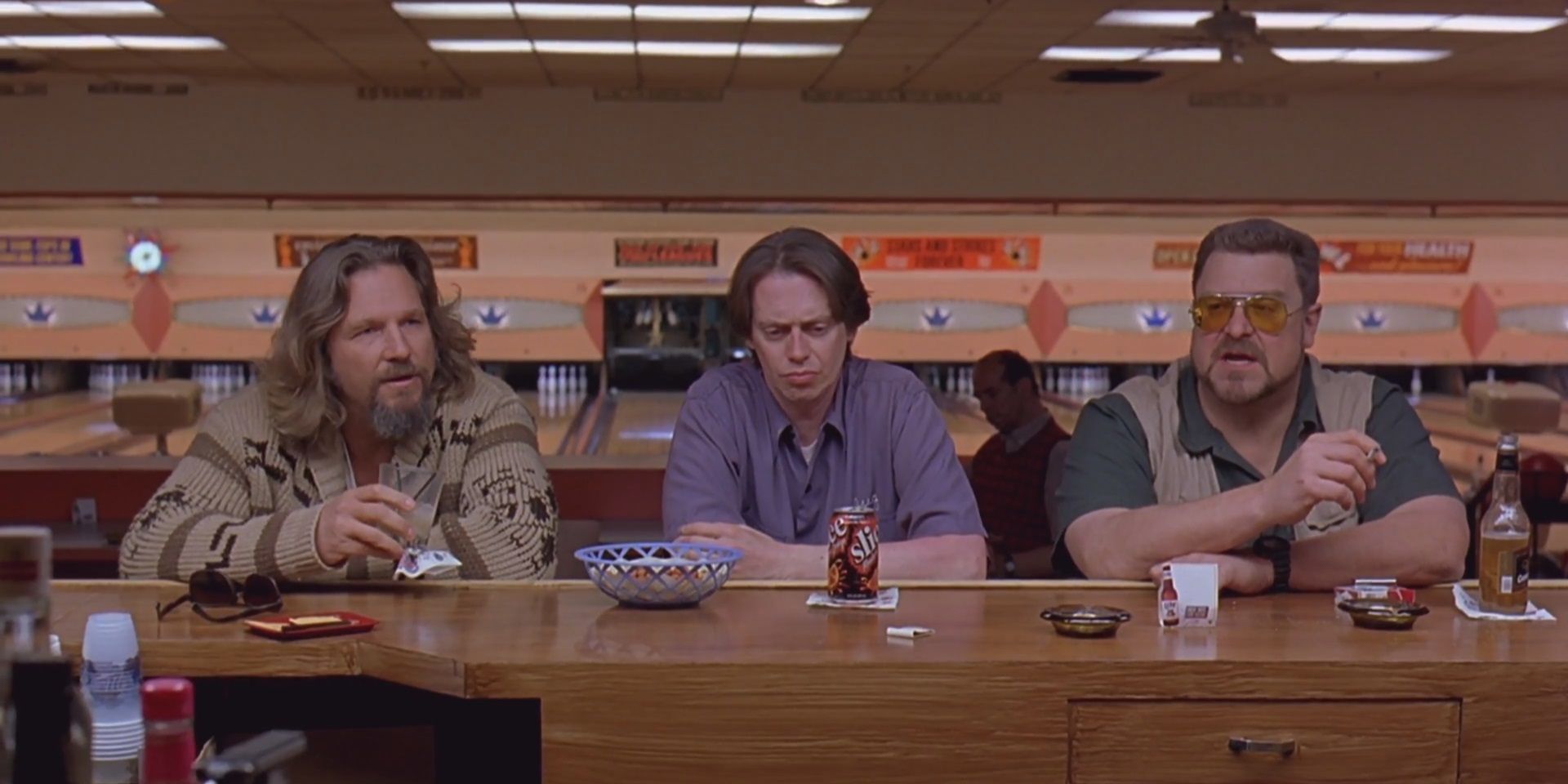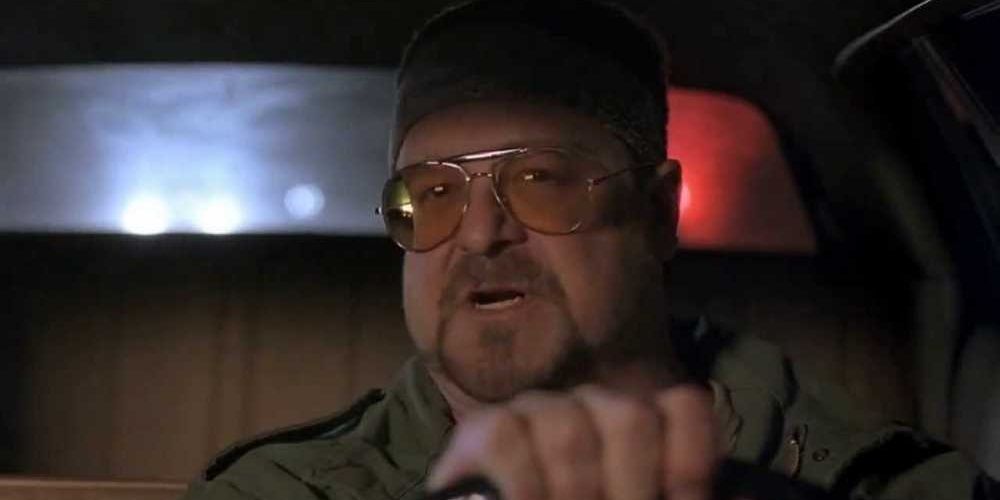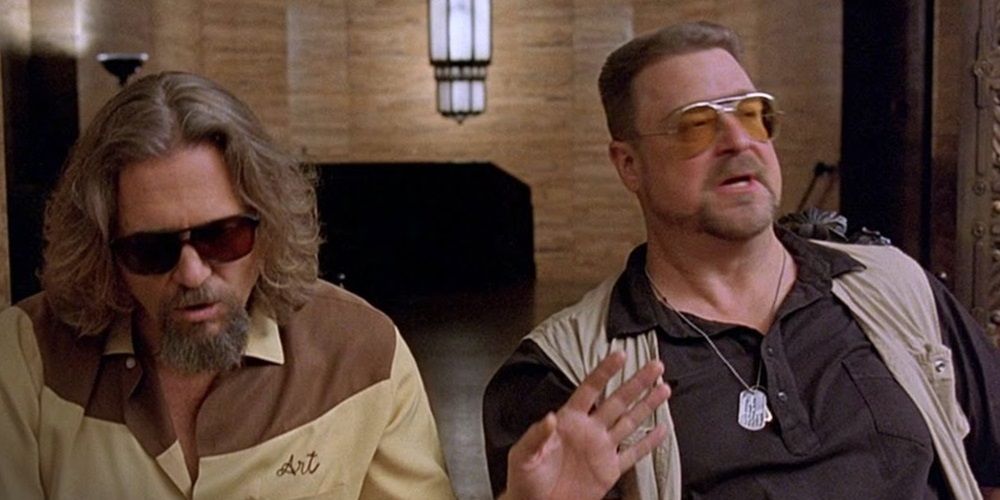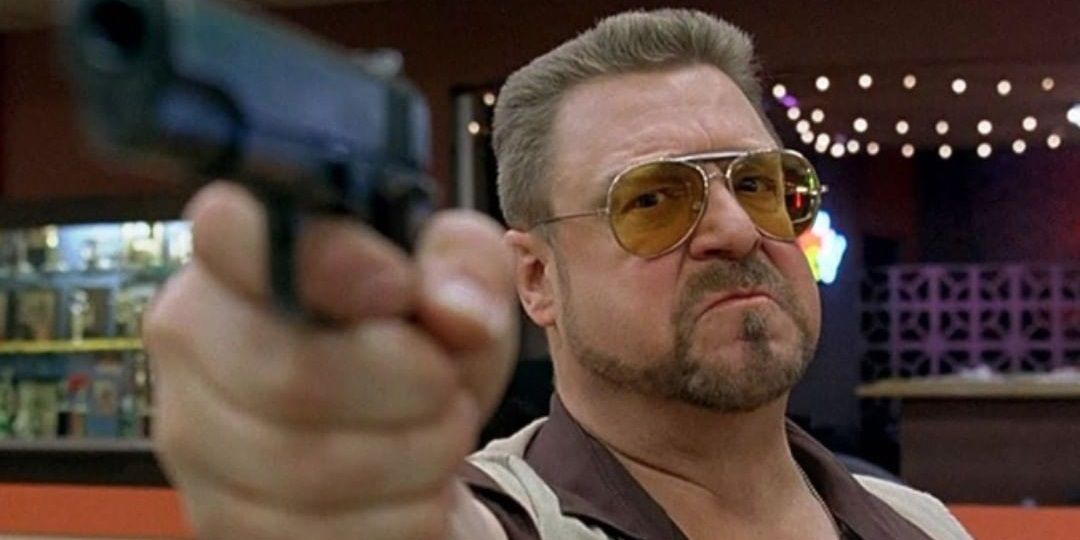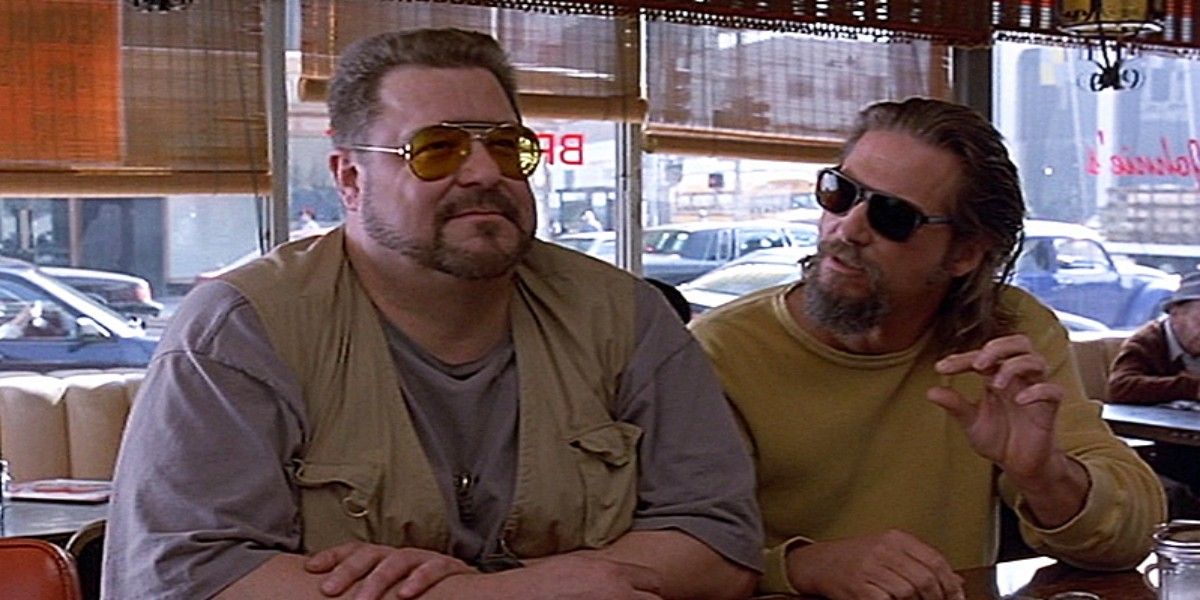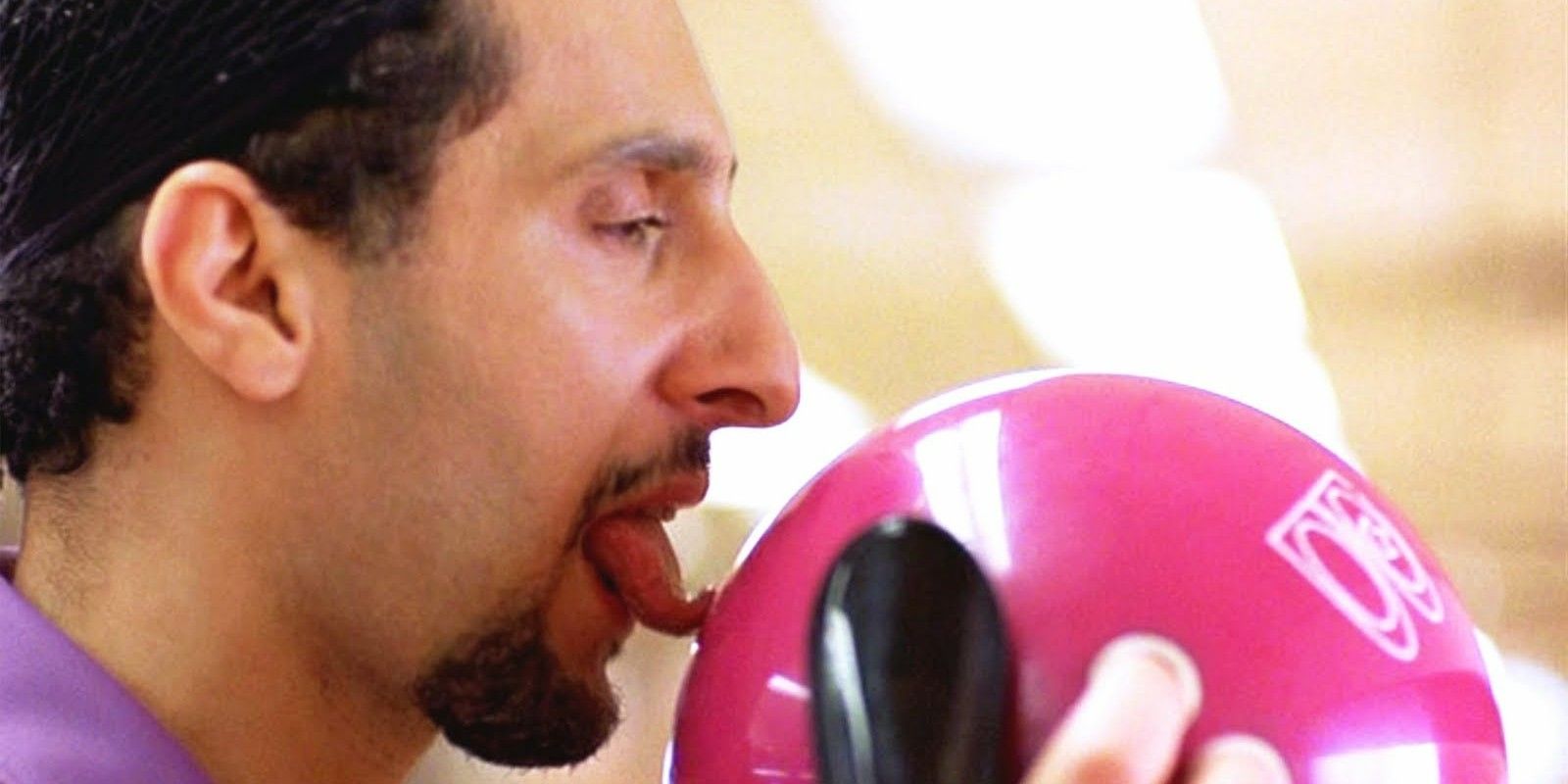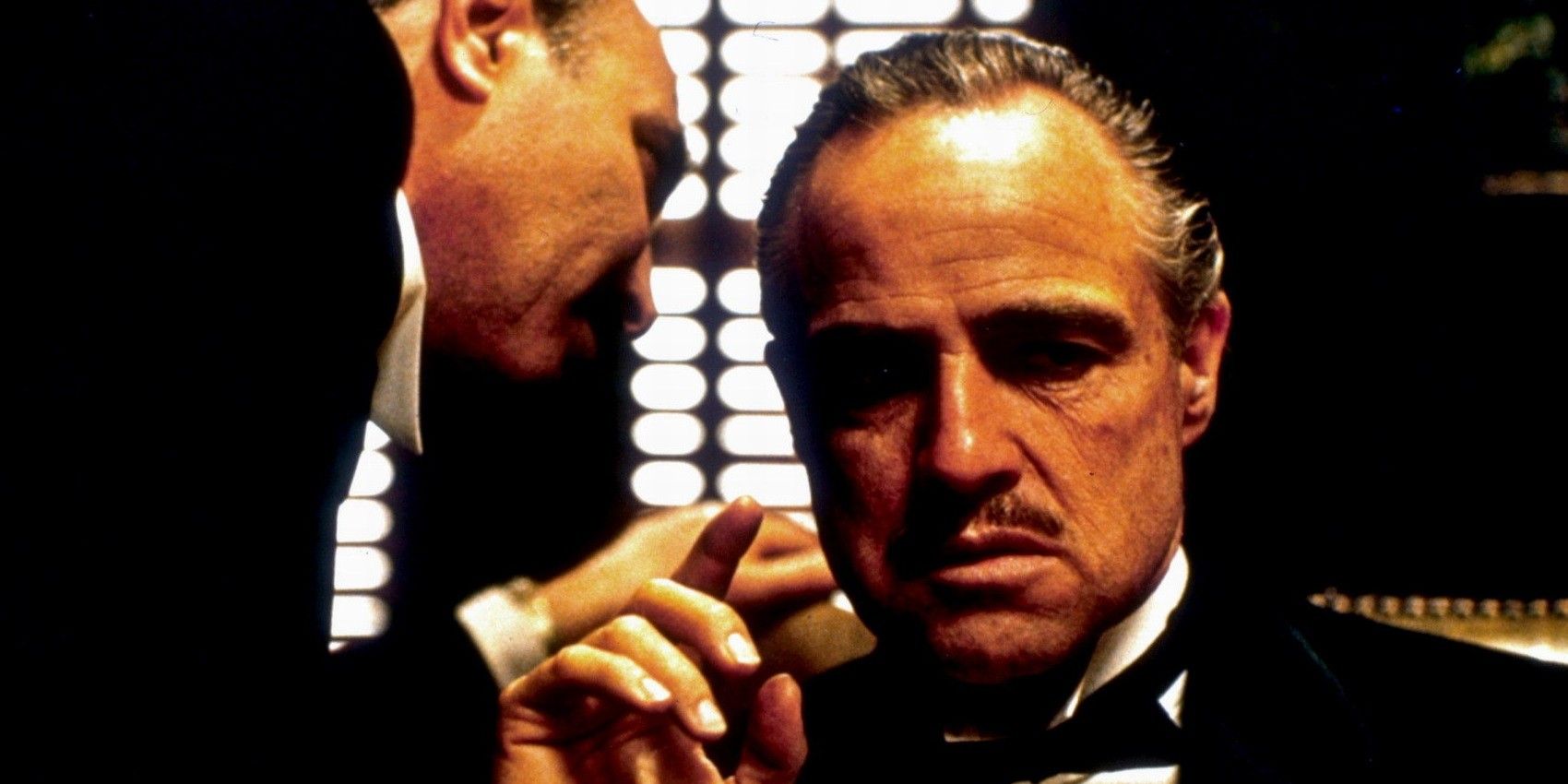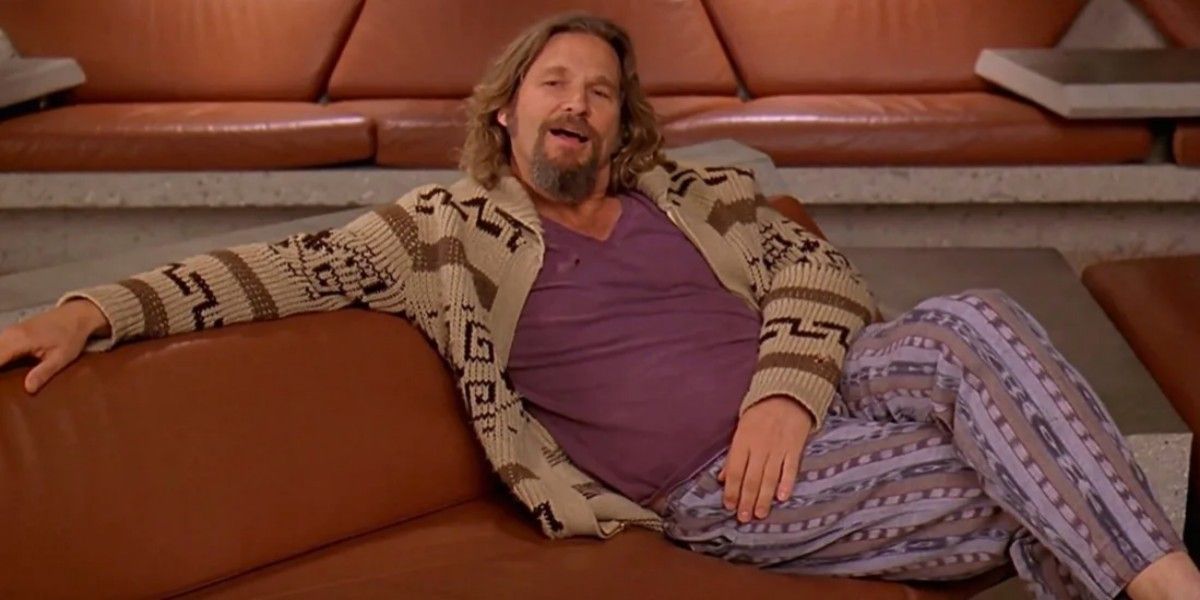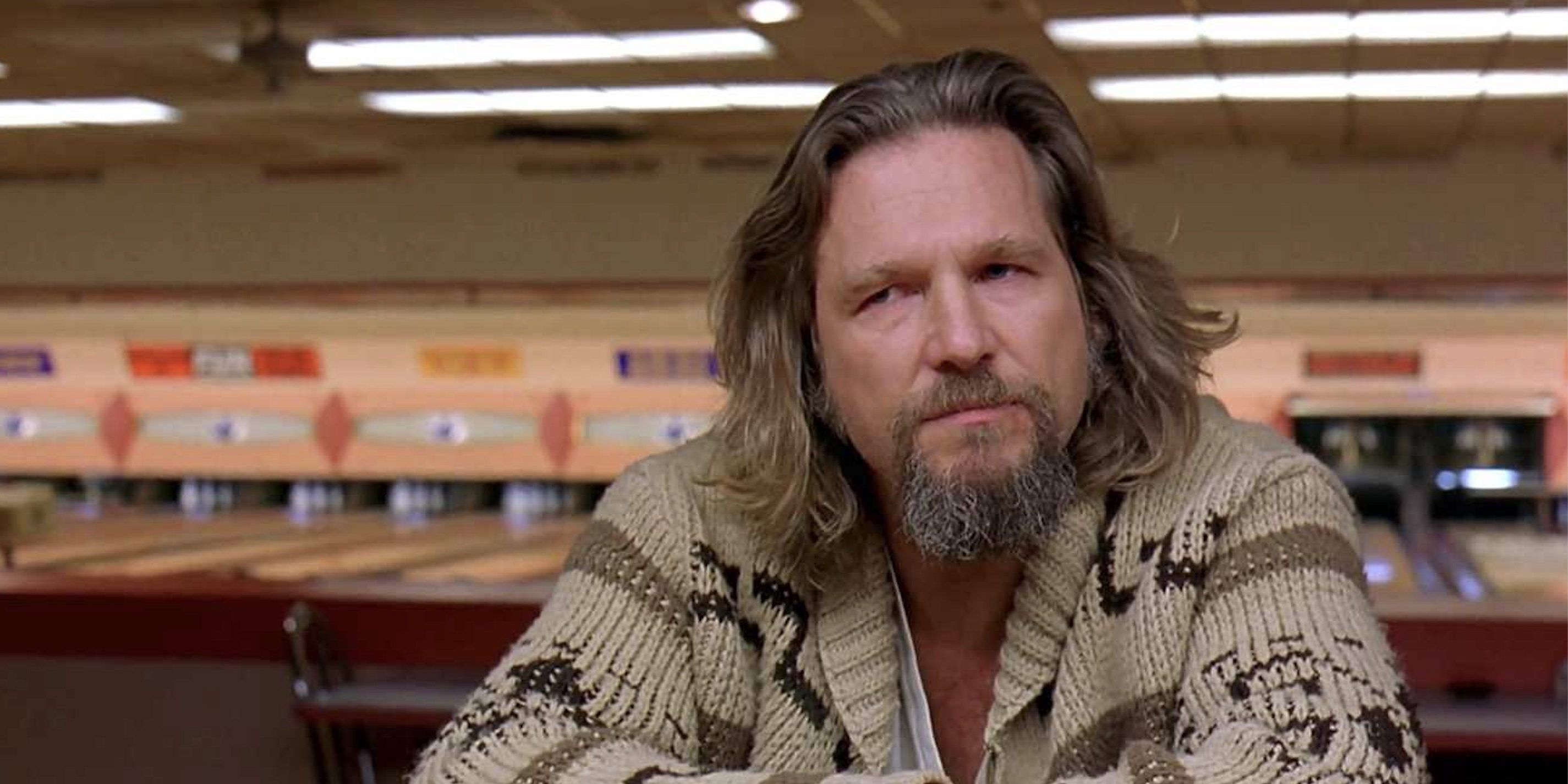The Coen brothers have made plenty of classic movies over the years, but only one of them has spawned such a passionate cult following that it’s led to the foundation of a religion. The Big Lebowski, the Coens’ curious blend of stoner comedy and Chandleresque mystery, bombed at the box office when it was first released in 1998, but it has since clicked with a giant cult audience.
Particularly, viewers have connected with the lead character, the Dude, played hilariously by a laidback Jeff Bridges, who is the deity of “Dudeism.” Anyway, here are 10 Behind-The-Scenes Facts About The Big Lebowski.
The script was inspired by Raymond Chandler’s detective stories
When they first conceived The Big Lebowski, the Coen brothers wanted to write their own take on a Raymond Chandler detective story. Instead of a hard-boiled private eye like Philip Marlowe, the protagonist would be a pot-addled slacker named the Dude. Chandler's influence was the reason behind the movie being set specifically in Los Angeles.
The Coens’ idea was to structure the story the way that Chandler would, following a character deeper and deeper into a criminal underworld, discovering new places and new people along the way. The Stranger (Sam Elliott) was created to be a sort of audience surrogate.
Jeff Bridges rubbed his knuckles in his eyes if the Dude was high
Jeff “the Dude” Lebowski has become of the most iconic stoners in film history, and Jeff Bridges went to great lengths to sell that. Before he filmed any scene for The Big Lebowski, Bridges would approach the Coen brothers and ask them, “Did the Dude burn one on the way over?”
If the directors told him that he had, and the Dude was supposed to be mildly high in the scene, he would rub his knuckles in his eyes before shooting a take. This would make his eyes appear bloodshot, and therefore sell the look of an inebriated Dude without doing any so-called “method acting.”
The briefcase-throwing scene was filmed in reverse
The scene in which Walter tosses the ringer briefcase full of his “dirty undies” out the car window was a tricky one to film. No matter how many times they threw the briefcase out the window, they could never get it to fly through the air in a perfect arc.
So, they decided to shoot it backwards. Instead of driving forward and throwing out the briefcase, the driver drove in reverse and an off-screen member of the crew threw the briefcase to him. The shot was then reversed in post-production to give off the impression that it was being thrown from the car.
The wardrobe department got the Dude’s clothes from local thrift stores
The Dude has a very specific fashion sense in The Big Lebowski – from his beige patterned cardigan to his checkered shorts – and it’s a style that has inspired hipsters for years to come. According to Mary Zophres, a costume designer working on the film, the Dude was described as being “terminally relaxed” in the script.
Zophres says that this was “the most important piece of information that I had” when sourcing the Dude’s wardrobe. The wardrobe department ended up getting all of the Dude’s clothes from local thrift stores, the kind of stores that they figured he would shop at.
Walter Sobchak was partially based on Apocalypse Now screenwriter John Milius
John Goodman’s character from The Big Lebowski, Walter Sobchak, was partially inspired by the Coen brothers’ friend, filmmaker John Milius. Milius is famous for his extreme right-wing political views, his obsession with guns and the military (he’s the screenwriter behind such military-based movies as Apocalypse Now and Red Dawn), and his bad temper.
Milius didn’t qualify to serve in Vietnam like Walter, although he did try to get deployed. Walter’s size, beard, hairstyle, and shades were also taken from Milius’ attire. The Coens had previously tried to cast Milius in a role in Barton Fink, but he turned down the offer.
There’s a historical inaccuracy (or a hidden character quirk) in the opening scene
In the opening scene, set at Ralph’s grocery store, the Dude writes a check for 69 cents to buy some milk. Meanwhile, George H.W. Bush’s “This aggression will not stand” press interview plays on a nearby TV. It’s apparently playing live. This interview took place on the lawn of the White House on August 5, 1990. However, the Dude dates his check September 11, 1991.
So, this is either a historical inaccuracy or a hidden sign from the Coens that the Dude is so strapped for cash that he has to post-date a check by more than an entire year.
The Coens let John Turturro bring his own ideas to Jesus
Due to his longstanding working relationship with the Coen brothers, John Turturro expected to have a bigger role in The Big Lebowski. When he was sent the script, he was surprised to find that the character the Coens wanted him to play, Jesus Quintana, was a pretty minor role. However, since the Coens trusted Turturro’s instincts, they gave him the freedom to build on the character with his own concepts.
So, he came up with a lot of the ideas that made Jesus iconic – the way he shines his bowling ball, his backwards dance (reportedly inspired by Muhammad Ali), etc. – on his own.
Robert Duvall, Anthony Hopkins, and even Marlon Brando were considered for the role of Jeffrey Lebowski
According to Alex Belth, who worked as an assistant to the Coen brothers during production on The Big Lebowski, the duo had a tough time casting the older Jeffrey Lebowski. They didn’t have any actors in mind while they were writing the role.
They offered the part to: Robert Duvall, who turned it down because he didn’t like the script; Gene Hackman, who was taking a hiatus from acting; and Anthony Hopkins, who didn’t want to play an American. So, the search expanded to such out-there options as Norman Mailer, Gore Vidal, George C. Scott, Andy Griffith, and Ernest Borgnine. Their top choice was actually Marlon Brando.
An early draft of the script revealed the Dude’s source of income
One of the funniest running gags in The Big Lebowski is that the Dude’s source of income is never revealed, a little like Kramer in Seinfeld. But in an early draft of the script, it was revealed that the Dude is the heir to the Rubik’s Cube fortune, as a descendant of its inventor. This led to the character being conceived as Hungarian, and he would’ve been portrayed as such.
However, midway through the writing process, Joel Coen decided it would be a better idea to scrap this explanation and just never mention where the Dude gets his money from.
The Coens had no one in mind for the Dude while writing
Since the Coen brothers have a roster of regular collaborators, they tend to write their characters with certain actors in mind. When they were writing The Big Lebowski, they wrote Walter with John Goodman in mind, Donny with Steve Buscemi in mind, and Jesus with John Turturro in mind. But they didn’t have anyone in mind for the Dude.
They considered Mel Gibson but retracted the offer when he didn’t take the role seriously enough. Then, when Jeff Bridges’ name came up, the brothers realized there was no one more perfect for the part, and even delayed production to wait for his schedule to clear up.

